#pnw plants
Text

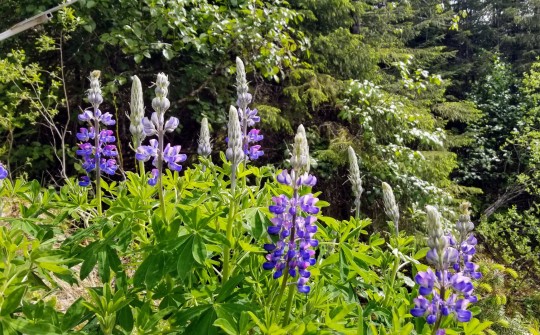

plants around town !!
chocolate lily (fritillaria camschatcensis)
nootka lupine (lupinus nootkatensis)
false azalea (menziesa ferruginea)
#lingít aaní#alaska#alaska plants#pnw plants#chocolate lily#nootka lupine#false azalea#fritillaria camschatcensis#lupinus nootkatensis#menziesa ferruginea#also if i got any ids wrong lmk 😭
7 notes
·
View notes
Text

Silverdale, Washington by The Roving Hayseed
#nature#washington state#pnw#photography#green#trees#plants#landscape#yellow#raods#tree tunnel#sunlight#sunshine#rays of light#forest#woods#nature photography#curators on tumblr
2K notes
·
View notes
Text
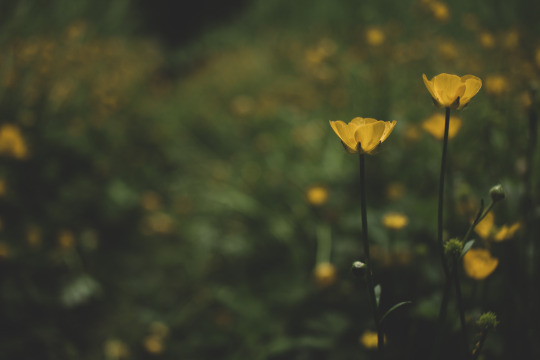



Stanwood, Washington
June 2021
#original photography#photographers on tumblr#landscape#nature#meadow#buttercups#ferns#plants#dogs#zia#pnw#forest
509 notes
·
View notes
Text
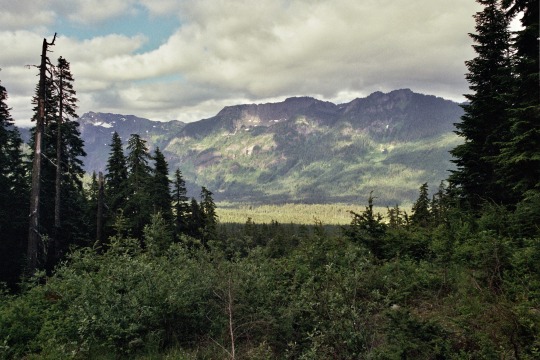

Cascadia ♥
Washington
#film photography#analogue#35mm#photographers on tumblr#original photography#mountains#washington#cascadia#pnw#pnwonderland#pacific northwest#pnw native plants#nature photography#pnwcore#pnw vibes#naturecore#alpine#landscape photography#hiking
693 notes
·
View notes
Text



Trillium ovatum
#links to my inat observation if anyone wants to follow me on there haha#inaturalist#mine#plants#original photography#trillium#flowers#botany#plantblr#pnw#hiking
116 notes
·
View notes
Text
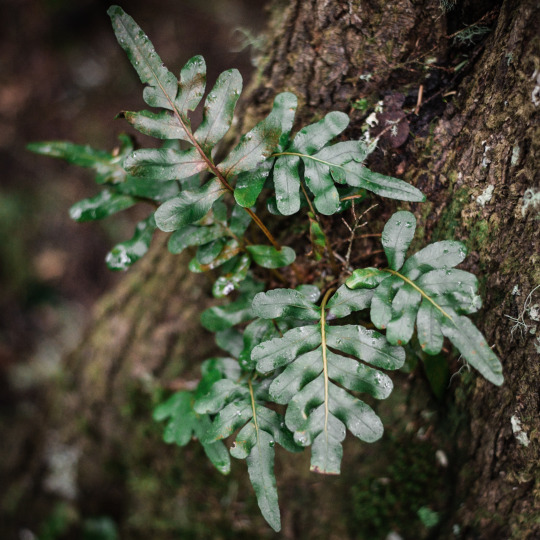
Leathery Polypody Fern
#artists on tumblr#original photographers#original photography#hiking#pacific northwest#nature#pnw#nikon#washington#orofeaiel#ferns#plants#Leathery Polypody#greenery#forest finds#naturecore
91 notes
·
View notes
Text

Day-dreaming about warm chicory.
#original photographers#original photography on tumblr#nature#nature photography#landscape#pnwonderland#pnw#flowers#dripdrop#water drops#plants#chicory#dreaming of sunshine#dreaming of summer
58 notes
·
View notes
Text
This is a big deal! While the importance of pollinators has been in the headlines more over the past few years, a lot of the focus has gone toward European honey bees, which are not native here in North America. This new plan focuses specifically on our native bumble bees, to include severely declining species like the western bumble bee (Bombus occidentalis).
What's really cool is that they've targeted the ecoregions that are likely to have the most species of threatened bumble bees. It doesn't mean they won't do anything elsewhere, but when you have limited resources you want to make them have as much impact as possible.
In the meantime, consider this a reminder to add some native plants to your yard, garden, and/or porch, say no to pesticides and other yard chemicals unless absolutely necessary, and spend a little time learning about the native pollinators in your area!
#pollinators#bees#save the bees#bumblebees#bumble bees#insects#invertebrates#animals#wildlife#native species#native plants#Washington#Washington State#PNW#Pacific Northwest#entomology#science#scicomm#endangered species#conservation
385 notes
·
View notes
Text

Dew!
My sheep/goat geep oc!
#art#digital art#furry#furry art#artists on tumblr#spiceroll art#animal#artist#animals#artwork#sheep#goat#geep#pnw#pacific northwest#plant#oc#ocs#pine
324 notes
·
View notes
Text
fox glove. fairy slipper. pixie goblet. this is a very good genre of naming plants i think we should make more
36 notes
·
View notes
Text

In the clouds in Washington
#aesthetic#photography#mine#nature#ny#aesthetic blog#beautiful#cottagecore#plants#green#naturecore#travel#pnw#Washington#tree#trees#clouds#sky#outdoors#hiking#traveling#spring#winter#pnwcore#pnw photography#pnw aesthetic#farm#farmcore#mountains#mountain
305 notes
·
View notes
Text
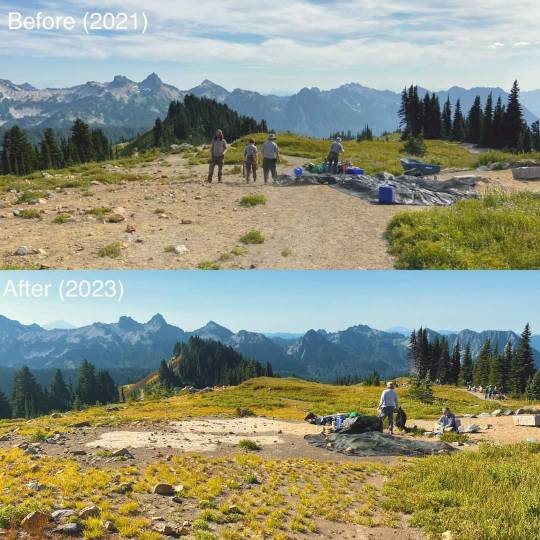
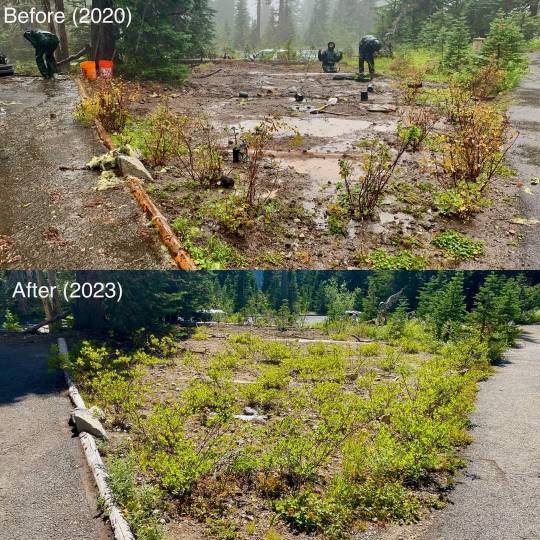
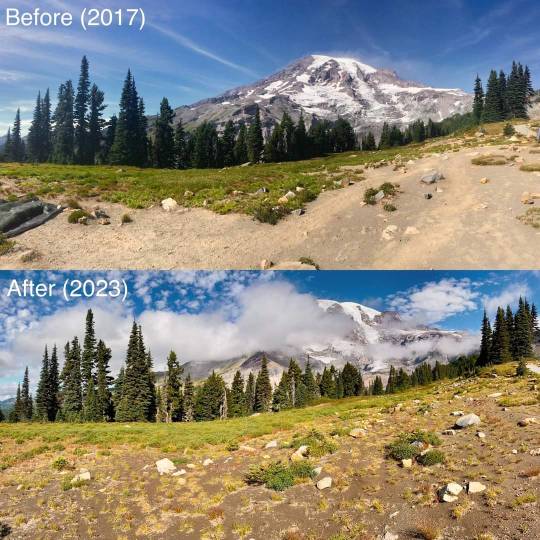

From Ranier National Park (Tahoma)
Ever wonder why subalpine vegetation is a little more sensitive to footsteps than the plants on your trails at home? Why are park employees so passionate about keeping visitors on trail even when it appears that they’re just stepping on dirt? Let’s get down to the root of things…
The beautiful & diverse vegetation you see is adapted to survive the harsh subalpine environment and has a limited growing season. Small and long-lived, these plants grow in dense patches to withstand the elements, over centuries merging to form lush subalpine meadows. Because they are covered in snow 9 months of the year, subalpine plants have a short period to grow, flower, pollinate and produce seeds. Can you imagine the stress you’d be working under with that kind of timeline? Now add in a million people crowding you on top of that. What might seem like a harmless step off trail has a greater impact than you might think.
It takes ~40,000+ plants and 2+ months to restore a small fraction of the damage that's been done from stepping off trail. Even then, it will take well over 10 years for the landscape to start mirroring what it once was. In a less heavily visited environment the vegetation could reseed itself, but our plants rarely have the chance to try. The harsh reality is that, if you are off trail, you are stepping on fragile vegetation or a bare patch of ground where a meadow is trying to regrow beneath your feet. This trampling causes nutrient loss in the soil and erosion that permanently impacts plant growth.
An increase in visitation means more people enjoying the outdoors, but also a greater impact to our fragile meadows. It can be easy to overlook the extraordinary lives of the vegetation at Mount Rainier, but educating others on what makes these plants unique is an important step in preventing meadow damage and encouraging everyone to stay on trail. It doesn't take much to destroy a meadow but can take a lifetime to bring one back.
NPS Photos showing before and after restoration projects at Paradise and Cougar Rock Campground, employees transporting plants in wheelbarrows, sorting plants, and volunteers planting at Paradise. ~ab/kl
3K notes
·
View notes
Text
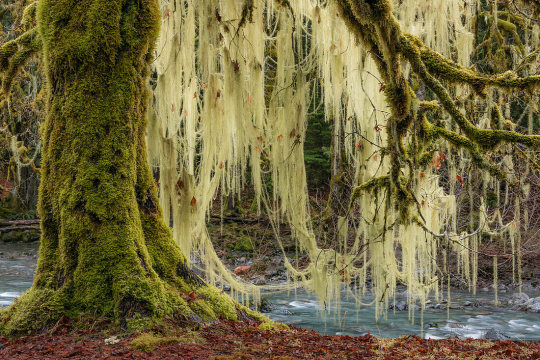
Olympic National Park
#trees#lichen#moss#stream#water#forest#woods#pnw#photography#nature#green#plants#landscape#nature photography#naturecore#cottagecore#aesthetic#curators on tumblr
2K notes
·
View notes
Text
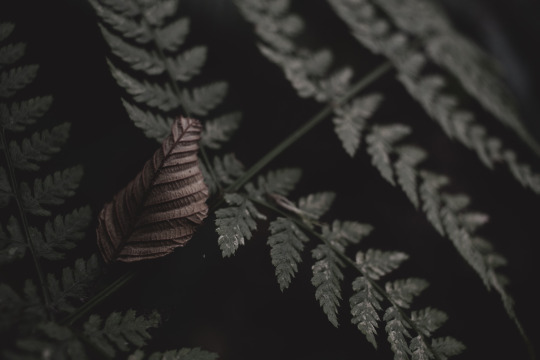

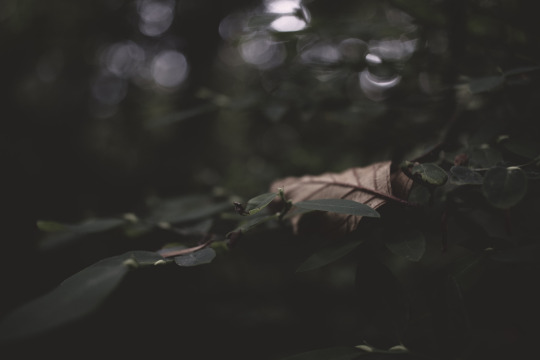
Stanwood, Washington
August 2023
160 notes
·
View notes
Photo
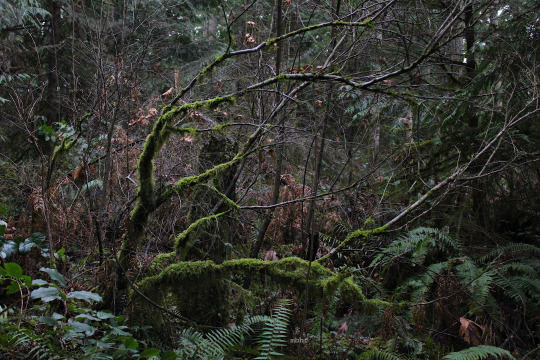
Dark Forest
Western Washington, February 18 2023
Photo Mary Howerton (shop)
#trees#moss#plants#forest#woods#nature#green#dark#aesthetic#lensblr#original photography#photography#nature photography#photographers on tumblr#tumblr photographers#pnw
247 notes
·
View notes
